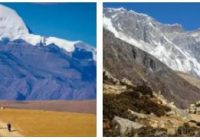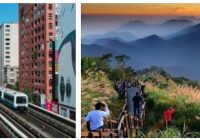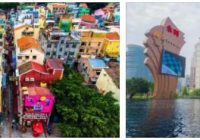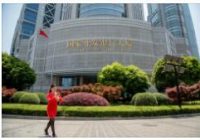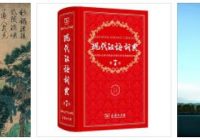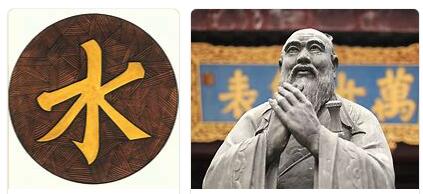China Political System, Famous People, Animals and Plants
China: Political System After the collapse of the former Soviet Union, foreign observers prophesied a similar fate to the People’s Republic of China and its communist party, the Chinese Communist Party (CCP). However, the political reforms initiated by Deng Xiaoping and the resulting enormous economic growth raised hopes of the democratization of China in the… Read More »


